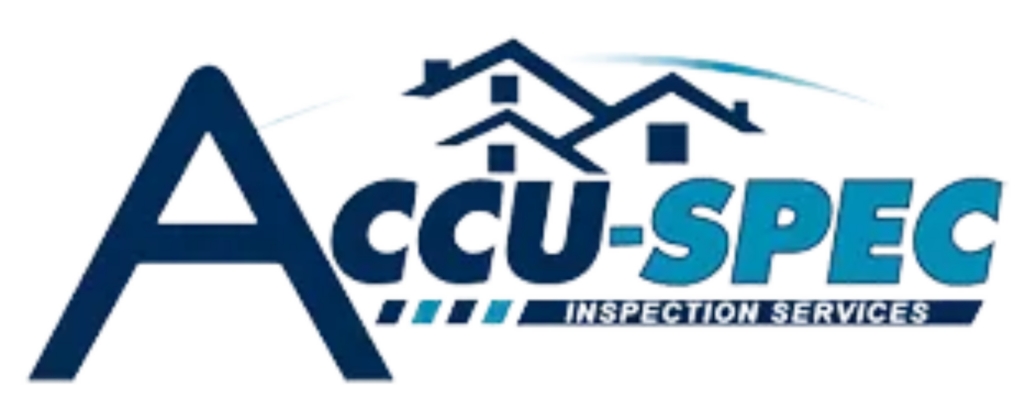
Inspection Overview
A home cannot fail an inspection. A professional home inspection gives you an independent, unbiased view of any problems and their solutions, so that you will have all the facts you need to make a sound, informed decision.
Depending on the size and condition of the home, a thorough home inspection will take no more than four hours, usually between an hour and a half and three hours. Ideally, you will accompany your inspector during the consultation, so that you will have visual reinforcement of your written report.
We take our inspection reports seriously. Every inspection is a complete and thorough analysis of all the major systems and components in the home. The report includes a clear description of what we‘ve found with any problem areas noted, so you can easily identify them. If possible, pictures are taken of defects and included in the report. Our inspectors also provide a free telephone consultation after your inspection.
A thorough home inspection will include the following:
~ Roof (shingles, flashings, chimneys, vents, trim and gutters, drip edges, skylights, downspouts, and other visible roof related items)
~ Attics (insulation, ventilation, rafters, joists and collar ties, trusses, wiring attachments, and other visible related items)
~ Plumbing and Fixtures (water pressure, water distribution system, hose bibs, sinks and faucets, bath/showers and toilets, sanitary system, and other plumbing system components)
~ Interior (floors and ceilings, walls, stairs (if applicable) and banisters, finishes, sinks, cabinets, shelving, built-in appliances, smoke detectors and safety-related items, and other visible interior-related components)
~ Heating and Cooling Systems (furnace, air cleaning parts, ductwork, electronic monoxide testing, electric gas sniffer testing, air conditioner and lines, and other visible related HVAC components)
~ Electrical Systems (service entry and clearances, service panel, switches and outlets, visible wiring and junction boxes, grounding system, and other related electrical components)
~ Basements, Crawl Spaces, and Foundation (insulation, ventilation, posts, vapor barriers, utility attachment, structural items, floors and walls, and columns)
~ Exterior (siding materials, attachments, windows, doors, sashes and lintels, vents, entryways, and other visible exterior related components)
~ Environmental Issues
~ Decks and Porches
~ Fireplaces
~ Overall Structure
For more extensive information about the ethical and technical standards we follow, see ASHI Guidelines at www.ashi.org/inspectors/standards/standards/asp.
Common Issues Found Throughout Inspections:
Drainage – Drainage problems are responsible for many household maintenance issues including damage to the foundations and damp or wet crawl spaces. Grade Sloping is also a common drainage issue, where the water is heading back towards the house. Roof gutters or re-grading are potential solutions, however drainage systems are usually hard to repair and can require costly improvements.
Electrical Wiring – The majority of house fires are caused by faulty electrical wiring. Older homes are not as well equipped with power outlets when compared to modern homes, making them more prone to electrical fires due to inadequate overload protection, improper grounding, and do-it-yourself dangerous amateur wiring.
Cooling and Heating Systems – Problems found with these systems include improper installation, inadequate maintenance and aged components. Heating and cooling costs make up more than half of the energy consumed in your home. By ensuring you have proper insulation, you can save more than 20% on your utilities a year.
Poor Overall Maintenance – The most common problem found during home inspection is poor general maintenance throughout the home. This goes beyond general wear and tear. Cracked painted surfaces, dilapidated foundations and broken fixtures may seem more like simple cosmetic issues; however they reflect the overall neglect of the home.




